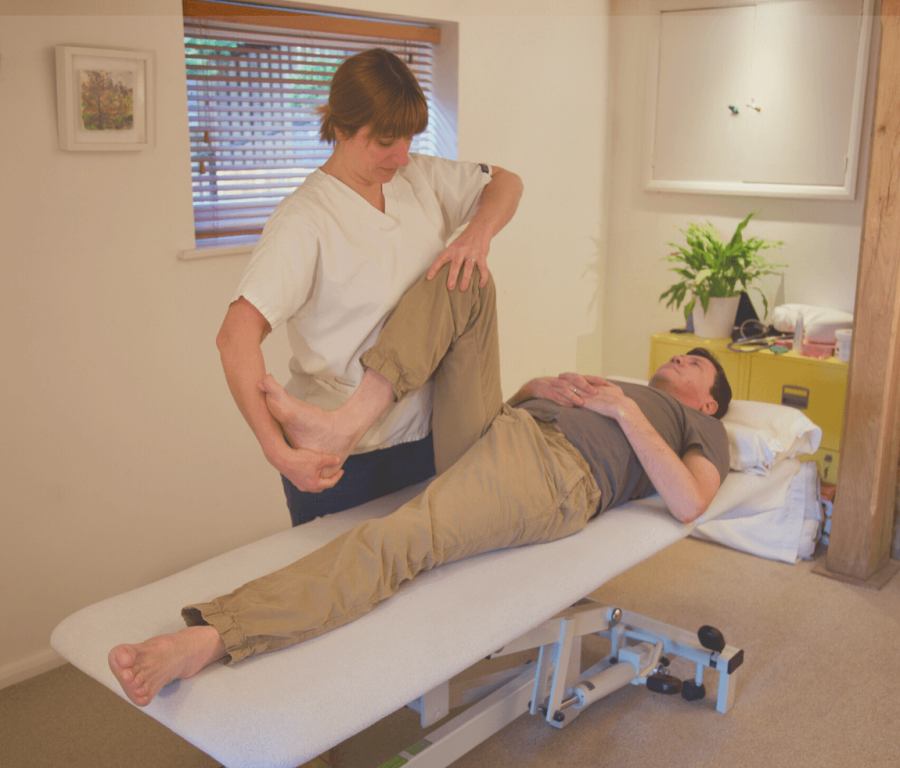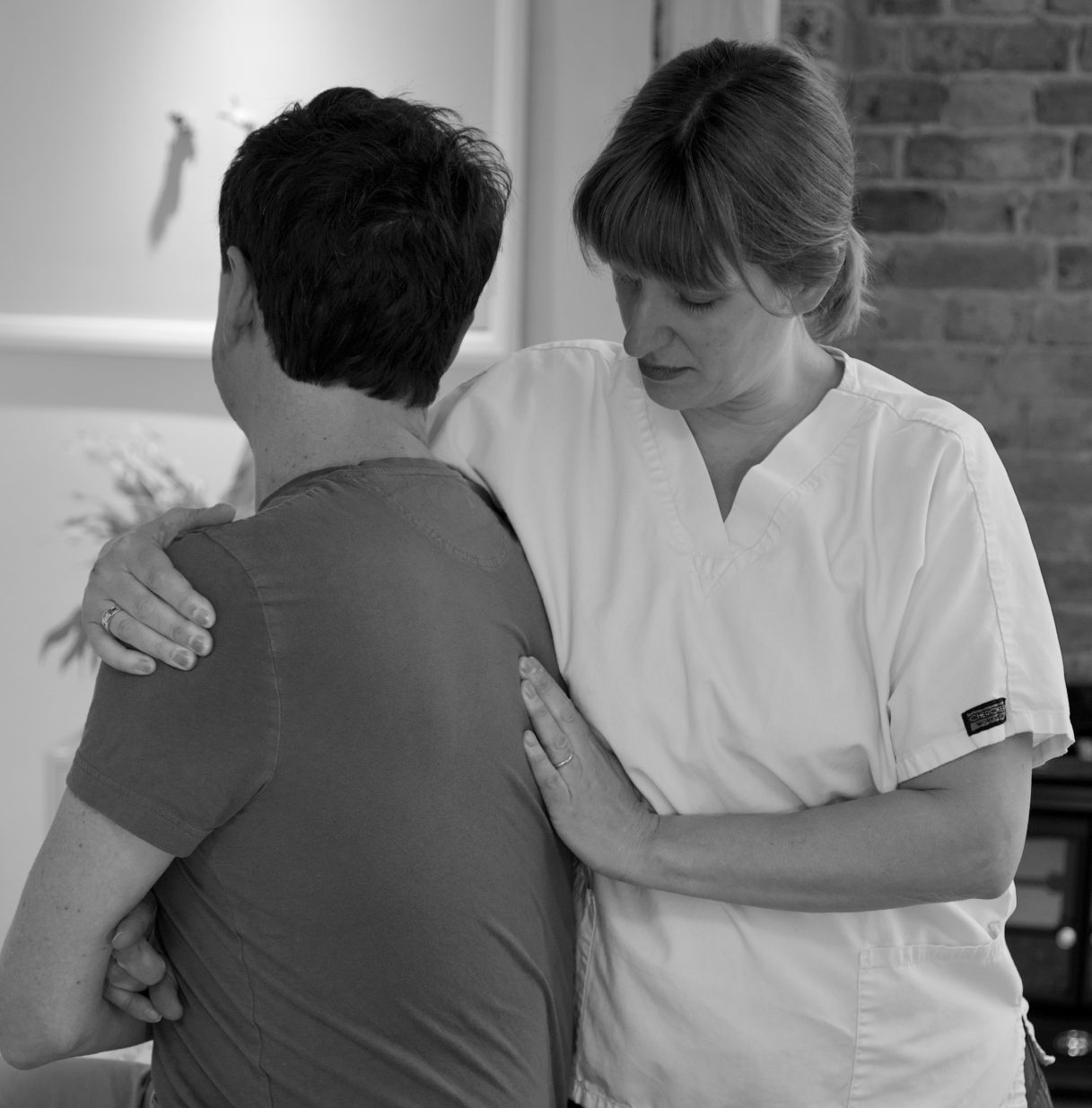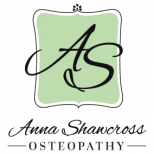How Osteopathy can help you?
Treatment can help to ease or relieve pain in joints and muscles, encourage blood supply to all areas of the body and improve mobility. It can be beneficial for painful conditions such as:
- Back pain
- Neck problems
- Shoulder, arm, wrist pain
- Hip and leg pain
- Muscular and joint aches, pains and strains
- Headaches arising from the neck
- Sports injuries
- Repetitive strain injuries (RSI)
- Occupational and workstation related conditions
- Arthritic pain


Why choose Osteopathic Hands?
- We are well trained – 4 year Masters Degree
- We are effective – Many conditions can be transformed in 3-6 appointments
- We are holistic – We try to understand your physical and mental well-being in the context of your lifestyle
- We are good value – compare our prices with your local hair and beauty salon
- We are trusted by other health professionals – Complementary Health status, NHS England preferred partners and we feature in NICE Guidelines
- We are regulated – by the General Osteopathic Council and complete annual continual professional development of 30 hours
A brief history of osteopathy
In 1874, Andrew Taylor Still MD DO (1828-1917), a medical doctor living on the Missouri frontier, discovered the significance of living anatomy in health and disease. Dr. Still realized that optimal health is possible only when all of the tissues and cells of the body function together in harmonious motion. He reasoned that disease could have its origins in slight anatomical deviation from normal. He then proved he could restore health by treating the body with his hands, naming his innovative approach to restoring health: Osteopathy. He understood that the human body is composed of many parts, all intimately related as a functional whole. More than a hundred years ago, Dr. Still realized that the human being is more than just a physical body. He envisioned a totally new medical system that acknowledges the relationships of the body, mind, emotions and spirit.
At the age of ten, young Andrew Still suffered from frequent headaches with nausea. He constructed a rope swing between two trees, eight to ten inches off the ground. He lay down using the rope for a swinging pillow. He wrote, “I lay stretched on my back, with my neck across the rope. Soon I became easy and went to sleep, got up in a little while with headache all gone.” 1 He continued to use this ‘treatment’ successfully every time he had a headache.
Many years later Dr. Still considered his ‘rope swing treatment’ of headaches, and realized … “I had suspended the action of the great occipital nerves, and given harmony to the flow of the arterial blood to and through the veins…I have worked from the days of a child…to obtain a more thorough knowledge of the workings of the machinery of life, in producing ease and health.” 2
As a practicing physician Dr. Still diligently researched and developed osteopathy. He discovered that he had the ability to put his hands on patients, change their physiology and restore health. He developed a very practical way of treating people using just his hands. Today, osteopathic physicians continue to use their hands to treat their patients in this same tradition.
In the late 1800s none of today’s miracle drugs, such as antibiotics, were available. Out of necessity, Dr. Still looked first to nature’s own ability to heal and found a way to access this ability within the body. Still saw this self-correcting potential as a cornerstone of his osteopathic philosophy. When combined with appropriate use of present day medical therapeutics, osteopathy offers a profound contribution to the practice of medicine.
References
Still A.T., Autobiography. Published by the Author. Kirksville, Mo., 1897, p 19
IBID p 20
The Profession of Osteopathy
Officially osteopathy is Complementary to mainstream health and from April 2017 Public Health England added the profession as Allied Health and as such it is eligible to work with the NHS. Osteopath’s are fully regulated by the General Osteopathic Council and undertake 30 hours of Continual Professional Development per year.
You can also find out more about the profession from the Institute of Osteopathy iO www.iosteopathy.org/
Lorem ipsum dolor sit amet, consectetur adipiscing elit. Ut elit tellus, luctus nec ullamcorper mattis, pulvinar dapibus leo.
